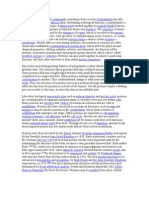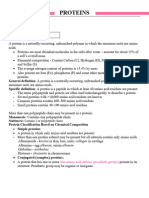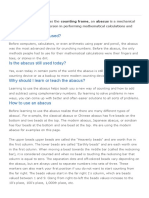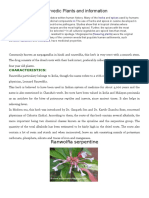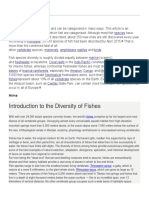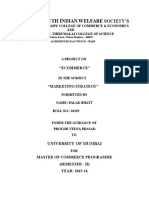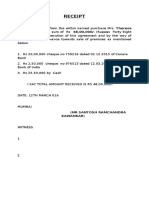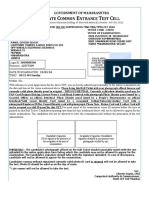0% found this document useful (0 votes)
136 views2 pagesProtein
Proteins are large biomolecules consisting of chains of amino acids that perform many vital functions in organisms. They differ based on their amino acid sequence as defined by genes. A protein contains at least one long chain of amino acids called a polypeptide. After synthesis, protein residues are often modified, altering their properties and function. Proteins can associate to form complexes and only exist for a set period before being degraded and recycled by cells.
Uploaded by
Asif ShaikhCopyright
© © All Rights Reserved
We take content rights seriously. If you suspect this is your content, claim it here.
Available Formats
Download as DOCX, PDF, TXT or read online on Scribd
0% found this document useful (0 votes)
136 views2 pagesProtein
Proteins are large biomolecules consisting of chains of amino acids that perform many vital functions in organisms. They differ based on their amino acid sequence as defined by genes. A protein contains at least one long chain of amino acids called a polypeptide. After synthesis, protein residues are often modified, altering their properties and function. Proteins can associate to form complexes and only exist for a set period before being degraded and recycled by cells.
Uploaded by
Asif ShaikhCopyright
© © All Rights Reserved
We take content rights seriously. If you suspect this is your content, claim it here.
Available Formats
Download as DOCX, PDF, TXT or read online on Scribd
/ 2










